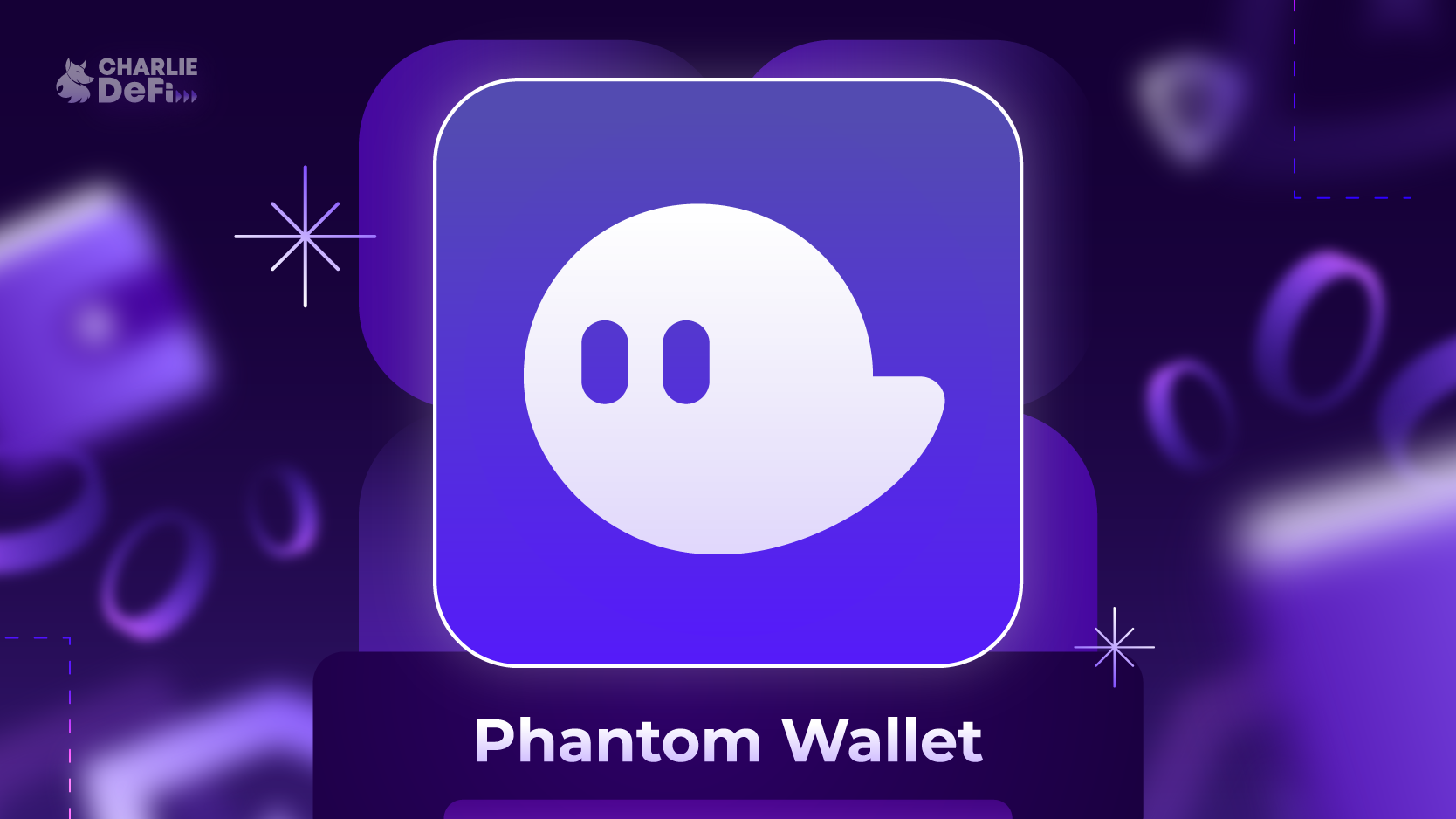Okay, so check this out—when I first dipped my toes into Solana’s ecosystem, I wasn’t expecting much beyond fast transactions and low fees. But wow! Something about the way NFTs and staking intertwine here really grabbed me. It’s like the crypto world suddenly got a breath of fresh air, but with a twist that’s hard to explain in just a couple sentences.
At first glance, Solana’s appeal is obvious: lightning-speed blockchain with a fraction of the cost you’d pay on Ethereum. But here’s the thing—there’s more beneath the surface, especially when you consider how people are using Solana wallets to manage their NFTs and stake SOL tokens simultaneously. My instinct said, “This feels like a game-changer,” but I had to dig deeper.
What bugs me a little though is how confusing some of the wallet setups can be for newcomers. Seriously? It’s not as plug-and-play as it should be. Still, once you get the hang of it, managing your assets becomes pretty seamless. I mean, wallets like Phantom make it surprisingly easy to jump into NFT trading or staking without feeling like you need a computer science degree.
Initially, I thought all wallets were created equal, but then I realized Phantom stands out by combining user-friendly design with robust security features. Actually, wait—let me rephrase that… It’s not just about security but about how Phantom integrates with the Solana ecosystem, making your NFT transactions and staking operations smoother than I expected.
Here’s a quick tip: if you’re serious about exploring NFTs on Solana or staking your SOL, you’ll want to grab the latest phantom wallet download. It keeps things really straightforward, especially for new users.
Now, about NFTs on Solana—something felt off about the hype at first. I mean, NFTs exploded everywhere, but many platforms were clogged or expensive. Solana’s approach is different. It’s cheap and fast, making it easier for artists and collectors to jump in without breaking the bank or waiting forever for confirmations. That’s huge, especially in the US market where transaction fees can be a real barrier.
On one hand, Ethereum still dominates NFT conversations, though actually, Solana is quietly scooping a lot of that market share. The speed here means you can mint, buy, or sell NFTs with almost zero lag, which changes user experience dramatically. I remember waiting forever on Ethereum transactions and getting frustrated. On Solana? It’s like flipping a switch.
But, here’s the kicker—staking SOL is where things get really interesting. Staking isn’t just about earning passive rewards; it’s about actively supporting the network’s health. The more SOL staked, the more secure and decentralized the network becomes. Initially, I thought staking was just a “set it and forget it” deal, but actually, there are strategies to maximize returns depending on your risk appetite.
Plus, with wallets like Phantom, staking is integrated right into the interface, so you don’t have to navigate complicated command lines or third-party sites. That ease-of-use is a big deal, especially if you’re new to crypto but want to earn rewards without headaches.

Why Phantom Wallet Is the Go-To for Solana Users
Honestly, I’m biased, but Phantom feels like the perfect bridge between crypto newbies and seasoned traders. It’s got that slick, clean US-style app design that feels familiar, yet it’s packed with powerful features tailored for Solana’s unique environment. My first impression was, “This wallet actually gets what users want.”
Here’s the thing—many wallets complicate things with endless menus or jargon. Phantom keeps it simple. You can manage your NFTs, stake your SOL, and even swap tokens without switching apps. It’s that integrated experience that’s rare. Plus, the community backing Phantom is pretty active, which means regular updates and improvements.
One thing I’ve noticed is that some folks hesitate to switch wallets because of fear of losing assets or just the inconvenience. But downloading Phantom from the official source—like the phantom wallet download page—is straightforward and safe. It’s definitely worth the small effort to upgrade your crypto toolkit.
Also, not to get too technical, but Phantom supports hardware wallets and has built-in support for decentralized apps (dApps) on Solana, which makes interacting with NFT marketplaces or DeFi platforms a breeze. That means you can stake, trade NFTs, or even lend your tokens without hopping across different services.
Oh, and by the way, the wallet’s support for Solana’s staking validators is pretty cool. You can choose who to delegate your stake to, which adds a layer of community governance and transparency that I really appreciate.
To sum up (but not really summing up, because this stuff keeps evolving), if you want to dive into Solana NFTs or staking, Phantom’s wallet is the practical first step. It’s like having a Swiss Army knife for your crypto assets. And don’t just take my word for it—try the phantom wallet download yourself and see how much smoother your Solana experience gets.
Frequently Asked Questions
Can I stake SOL directly from my wallet?
Yes! With wallets like Phantom, staking SOL is built-in. You can delegate your tokens to validators right from the app without complicated steps.
Are NFTs on Solana really cheaper to mint than on Ethereum?
Definitely. Solana’s low transaction fees make minting and trading NFTs much more affordable, which is why many artists prefer it.
Is Phantom wallet safe for beginners?
Phantom is designed with both security and usability in mind, making it one of the safest and easiest wallets for newcomers in the Solana ecosystem.
